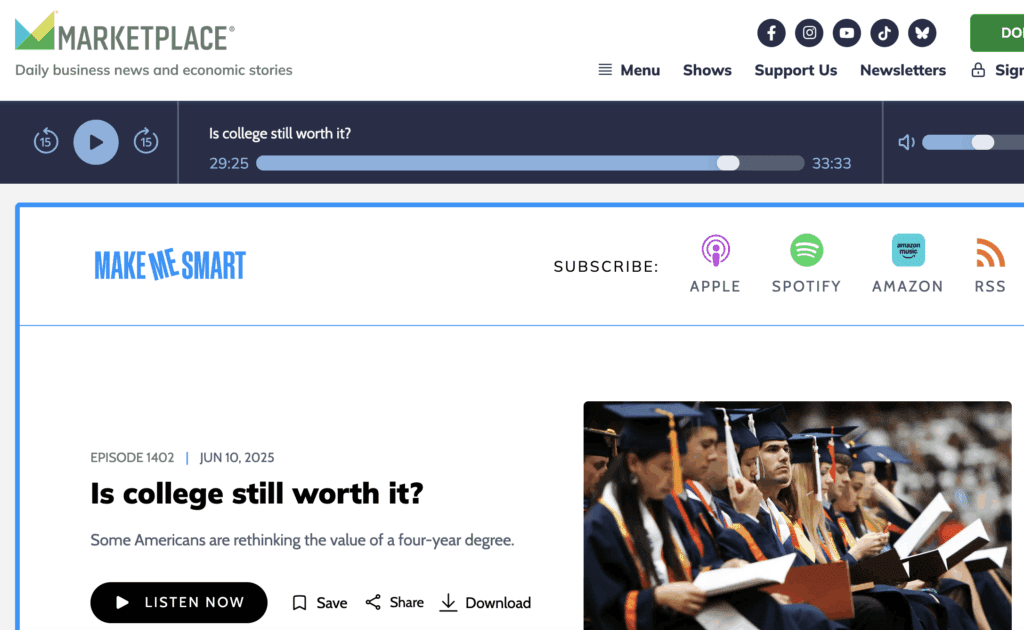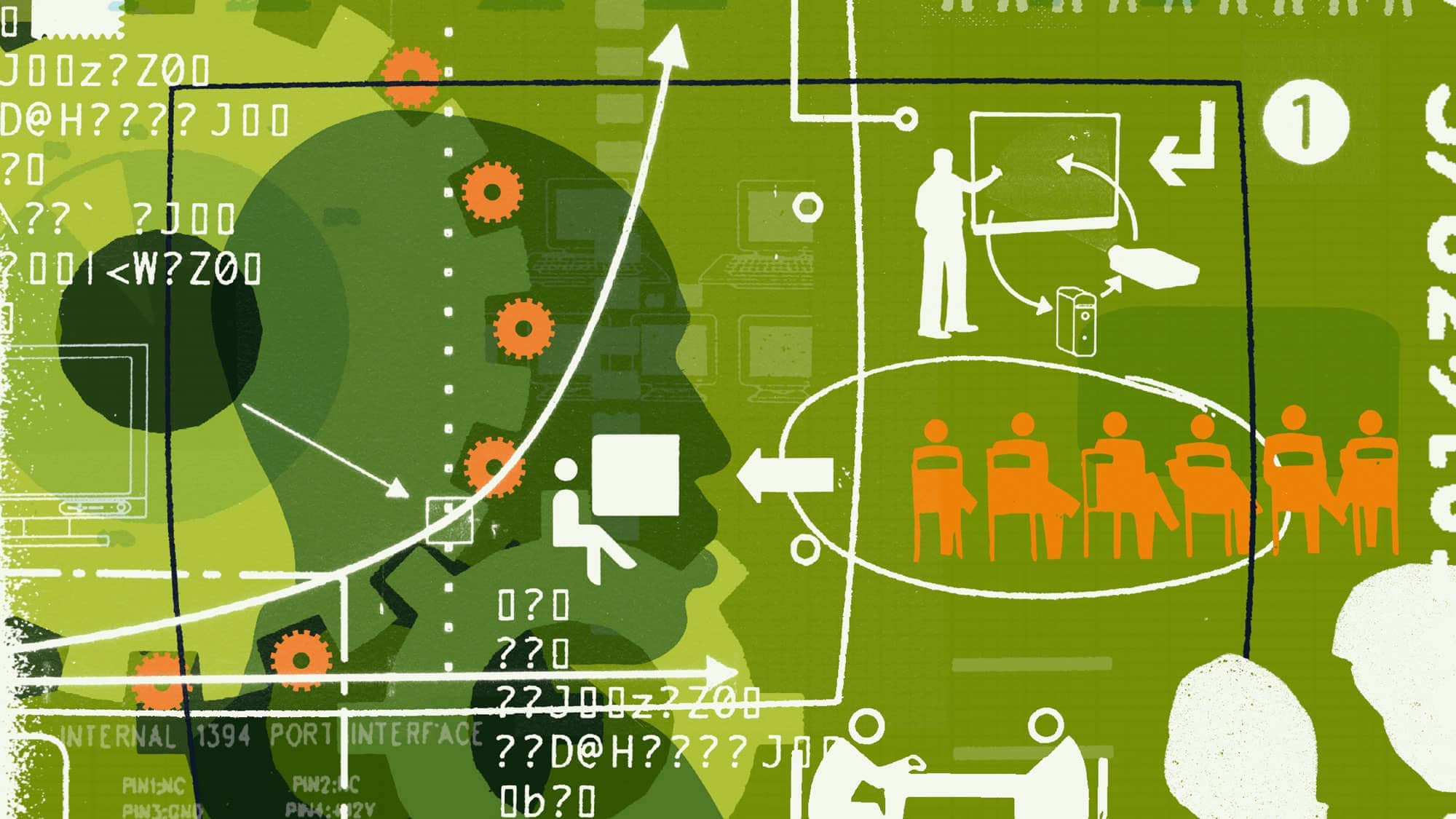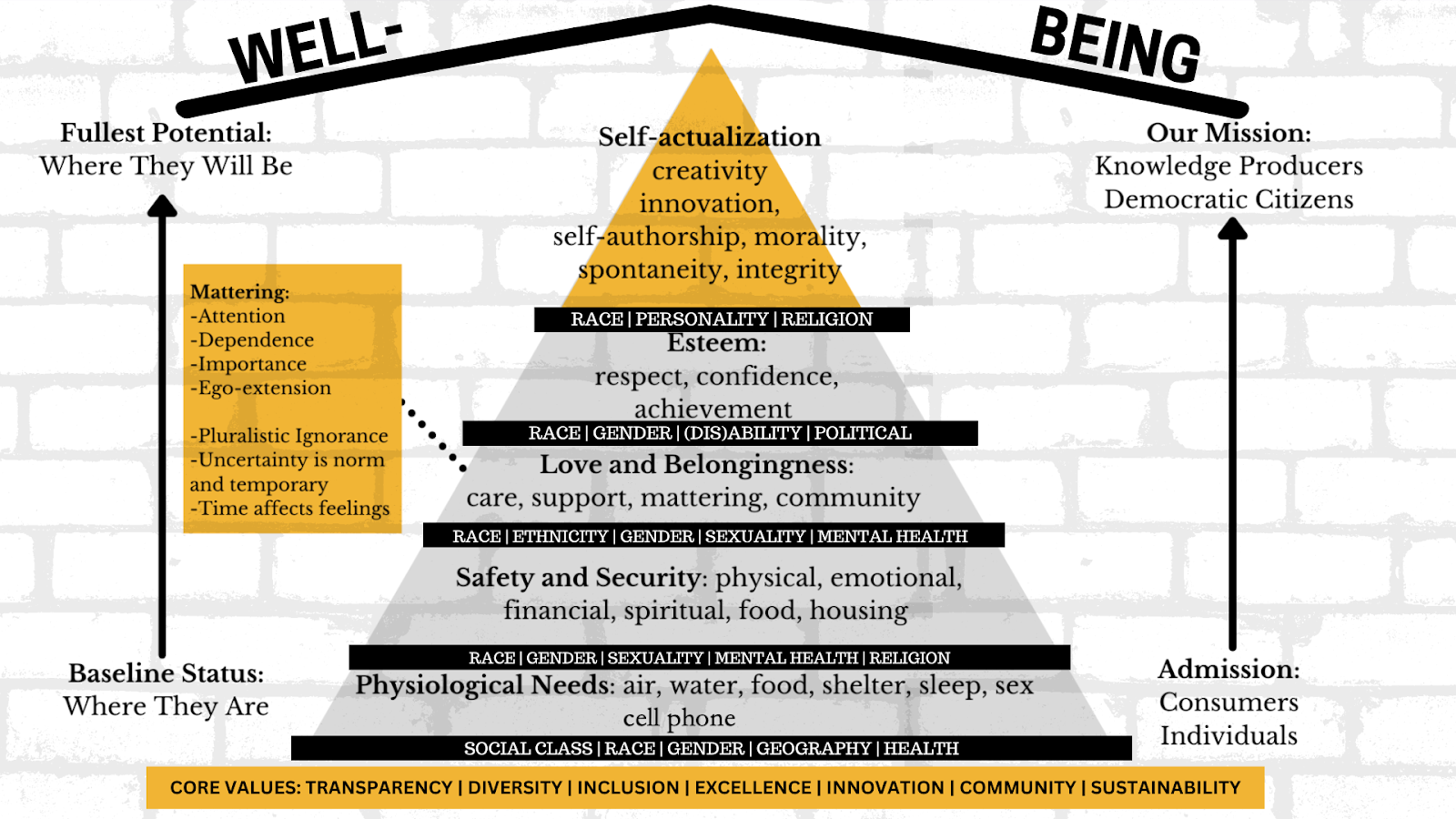Over the weekend we published blogs on the art of reimagining universities and on why the TEF could collapse under the weight of DfE and the OfS’ expectations.
Today’s blog was kindly authored by Nick Barthram, Strategy Partner at Firehaus and Merry Scott Jones, Transformation Partner at Firehaus and Associate Lecturer at Birkbeck, University of London.
It is the tenth blog in HEPI’s series responding to the post-16 education and skills white paper. You can find the other blogs in the series here, here, here, here, here, here, here, here and here.
The government’s Post-16 Education and Skills White Paper sets a new tone for tertiary education in England. It is not just another skill or funding reform. It is a statement of intent about how universities, colleges, and employers should work together to build the country’s economic capability.
The paper sets out a broad reform agenda built around stronger employer collaboration, higher-quality technical education, and a more flexible lifelong learning system. Initiatives such as Local Skills Improvement Plans and the Lifelong Learning Entitlement illustrate how the system is being reshaped to enable post-16 institutions to play distinct, complementary roles within a shared ecosystem of skills and innovation. All of this will unfold against a backdrop of constrained funding, uneven regional capacity, and growing regulatory pressure, making clarity of role more important than the White Paper itself acknowledges.
While the paper avoids overt market language, the phrase comparative advantage does a lot of work. It invites universities to reflect on what they are best at and how that compares with others, without requiring them to openly compete. The intention is clear: to encourage institutions to define, and then demonstrate, their unique value. This is not new thinking. Advance HE, supported by a sector steering group including representation from AHUA, CUC, Guild HE and UUK, published a discussion paper last year on Measuring What Matters, exploring institutional performance and the importance of evidencing and communicating value creation.
For some, that will mean sharper choices about subjects, audiences, partnerships, and purpose. For others, it will be about aligning their contribution to regional priorities. Not every university serves its region in the same way. The most prestigious universities will act as lighthouses, shaping national and international ecosystems through research and innovation. Others will play a more local role, deepening their community impact and supporting regional industry.
The common thread is focus. Universities can no longer rely on breadth as a badge of strength. The challenge now is to identify what makes their contribution distinct and coherent, and to express that with clarity.
From strategy to articulation
Responding to the White Paper will be a demanding process. It will call for rigorous analysis, evidence-gathering, and an honest evaluation of institutional strengths and weaknesses. It will also require a sophisticated understanding of stakeholders’ and audiences’ needs. And of course, diplomacy will be required to manage the trade-offs that follow. Every decision will carry consequences for identity, culture, and relationships.
In time, many universities will produce credible strategies: detailed statements of focus, lists of priorities, and maps of partnerships. But the real risk is stopping there. Institutional strategy alone will not create coherence.
Universities often complete strategic work and then move straight to execution, adding imagery or campaigns before uniting everything around a purpose that aligns what you offer and who it’s for. The step that often gets missed is articulation – translating strategic intent into something people can understand, believe in, and act on.
The White Paper calls for coherence across regions and the sector. Universities need to mirror that with coherence within their own walls. When purpose, culture, and communication line up behind a shared sense of direction, policy responses become practice, not just strategy. And this, fundamentally, is what the Government is seeking.
The groundwork for meeting these changes is only just beginning, with many hard yards still to come. While covering that ground, there are lessons from outside the sector worth remembering.
- Specialisation is relative
A university’s strengths mean little in isolation. What matters is how those strengths stand out within the broader system of institutions, partners, and employers. Understanding where your work overlaps with others and where it uniquely contributes is essential. Knowing what not to do is often as important as knowing where to lead.
- Demand is defined by more than the UK Government
The White Paper rightly highlights the importance of the national industrial strategy in shaping what is ‘in demand’. But universities should also consider the needs and motivations of their wider audiences: students, partners, and communities. Clarity about who your work matters to is as important as clarity about what that work is.
- Purpose must be expressed, not just defined
Defining purpose is a strategic exercise; expressing it is an act of leadership. Purpose that remains on paper does not change behaviour, attract talent, or inspire partners. It must be made visible and tangible across everything the institution says and does, from how staff describe their work to how the university presents itself to the world.
- Perception matters as much as reality
Universities are naturally driven by research and evidence. Yet specialisation is as much about being perceived as specialised as it is about being so in practice. The most successful institutions will work not only to build genuine expertise but also to occupy space in their audiences’ hearts and minds. Shifting perception requires consistency in both story and substance.
- Alignment is critical to success
The institutions that succeed will be those that align intent, culture, and message. When leadership, staff, and students share a single understanding of what the university stands for, decision-making becomes simpler, collaboration easier, and communication more powerful. Alignment is not achieved through a campaign but through ongoing dialogue and consistent behaviour.
A catalyst for clarity
The Post-16 White Paper is ultimately a call for focus. For universities, that means not only deciding where they fit but demonstrating that fit clearly and consistently to students, partners, and staff.
Those who stop at strategy will adapt. Those who move beyond it — articulating their role with confidence, coherence, and conviction — will help define what a purposeful, modern university looks like in the decade ahead.












